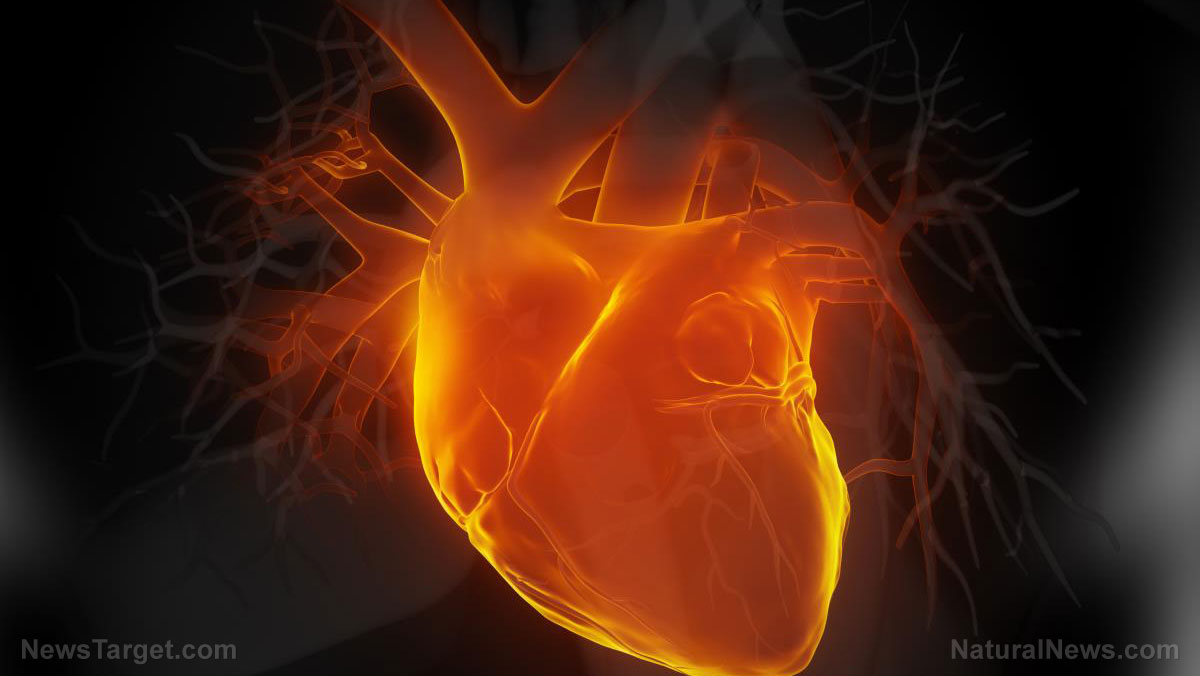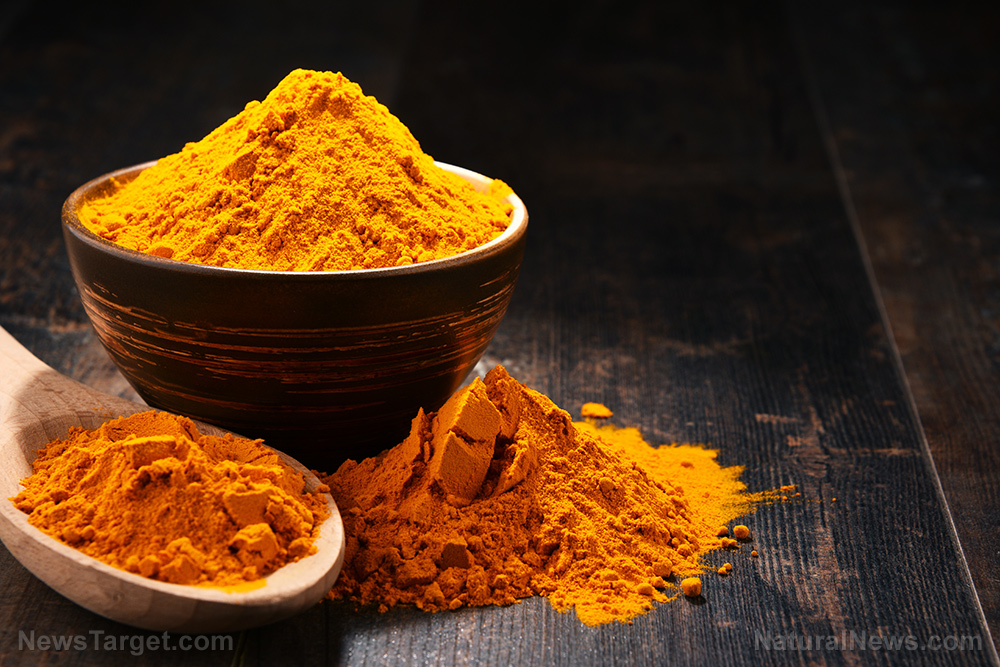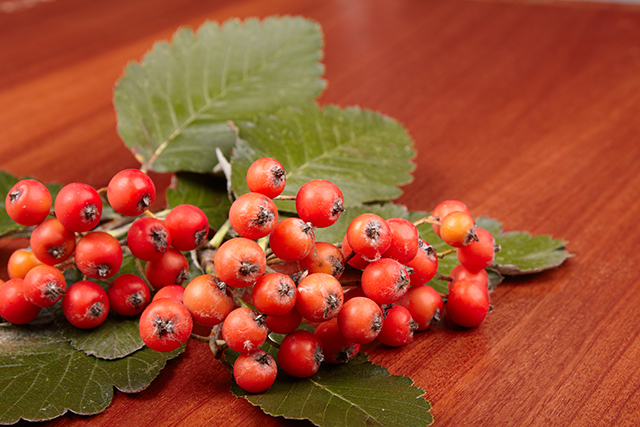Xin-ji-er-kang shown to be an effective medication in the treatment of coronary heart disease
10/15/2018 / By Michelle Simmons

Research has shown that coronary heart disease and myocarditis caused by a heart attack can be treated with the help of the Chinese medicine called Xin-ji-er-kang. The study, published in the journal BMC Complementary and Alternative Medicine, evaluated the cardioprotective effects of Xin-ji-er-kang on mice that experienced a heart attack.
- A team of researchers from Anhui Medical University in China administered Xin-ji-er-kang to mice that experienced a heart attack for four weeks.
- Xin-ji-er-kang is composed of 14 herbal medicines, including Chinese ginseng, milk vetch, mondo grass, etc.
- A heart attack reduces the flow of oxygen-rich blood to the heart, promotes the abnormal enlargement of the heart muscle (cardiac hypertrophy), and causes endothelial dysfunction.
- Results of the experiment showed that the administration of Xin-ji-er-kang improved the cardiovascular problems caused by a heart attack.
- The treatment improved endothelial dysfunction, cardiac hypertrophy, and collagen deposition caused by heart attack.
- It also decreased oxidative stress, which plays a role in cardiovascular diseases, and reduced inflammation by reducing levels of pro-inflammatory cytokines and increasing levels of anti-inflammatory cytokines.
- The cardioprotective effects of Xin-ji-er-kang may be attributed to its role in improving endothelial dysfunction, oxidative stress, and retaining the immune balance.
The findings of the study suggested that Xin-ji-er-kang may potentially be used in treating heart attack and other cardiovascular problems.
Read the full text of the study at this link.
To read more stories on Chinese medicines like Xin-ji-er-kang, visit ChineseMedicine.news today.
Journal Reference:
Hu J, Zhang Y, Wang L, Ding L, Huang G, Cai G, Gao S. PROTECTIVE EFFECTS OF XINJI?ERKANG ON MYOCARDIAL INFARCTION INDUCED CARDIAC INJURY IN MICE. BMC Complementary and Alternative Medicine. 26 June 2017; 17(338). DOI: 10.1186/s12906-017-1846-5
Tagged Under: alternative medicine, Chinese medicine, coronary heart disease, Heart, heart attack, heart disease, heart health, herbal medicine, Herbs, natural cures, natural healing, natural medicine, natural remedies, TCM, traditional Chinese medicine, Xin-ji-er-kang



















